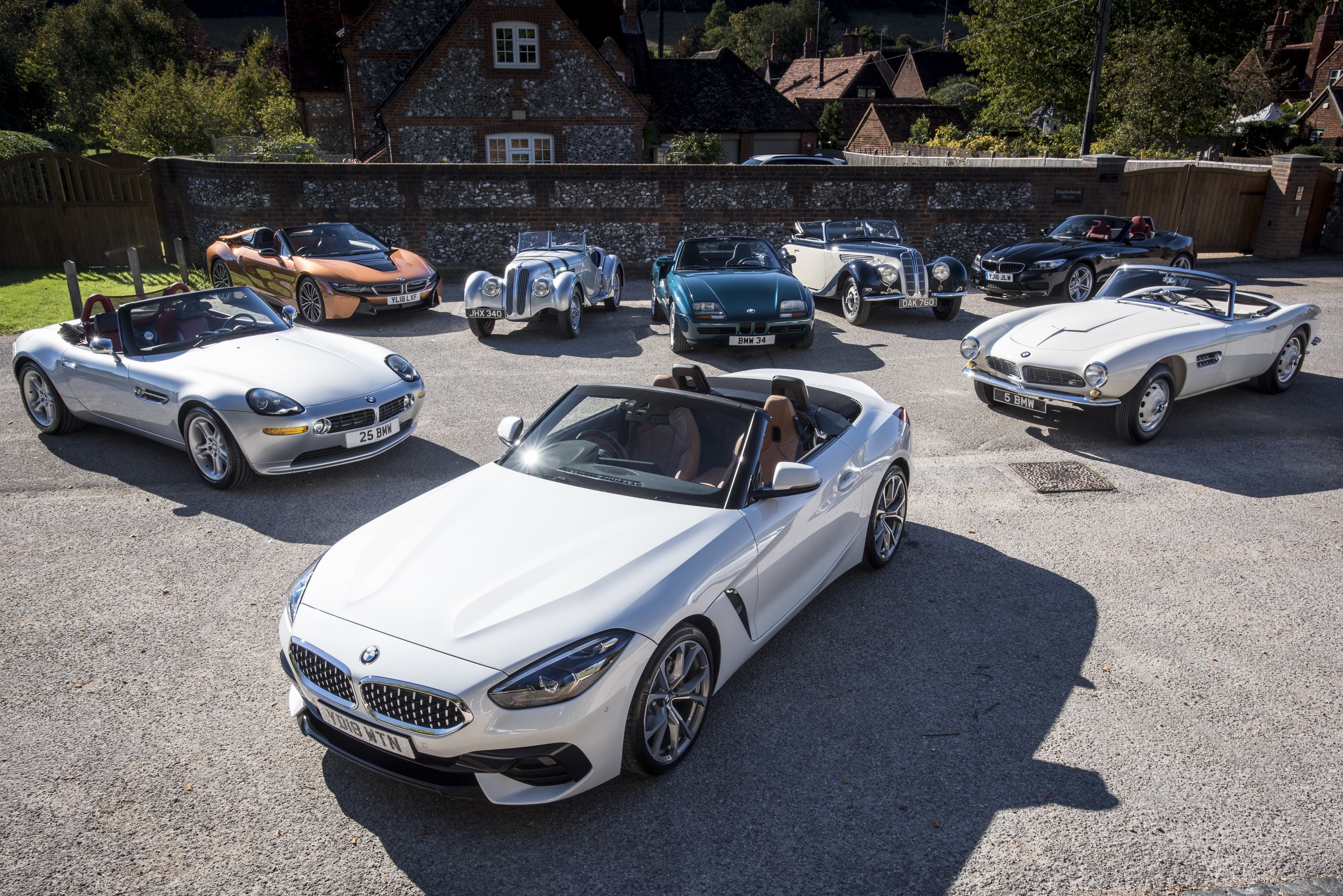It’s a beautifully warm and sunny evening, and I’m driving an open-topped roadster along some very pleasant country roads surrounding the village of Hambleden, near Henley-upon-Thames. I must admit, though, that I’m finding it a little difficult to relax, as the car I’m in is left-hand drive, doesn’t have any door mirrors, cuts out if left to idle and – most worryingly – is worth £2 million.
It’s BMW’s own 507, maintained as part of the brand’s UK heritage fleet and I’ve been allowed to take it for a drive as part of an event commemorating the brand’s open-topped history – as well as looking to its future.
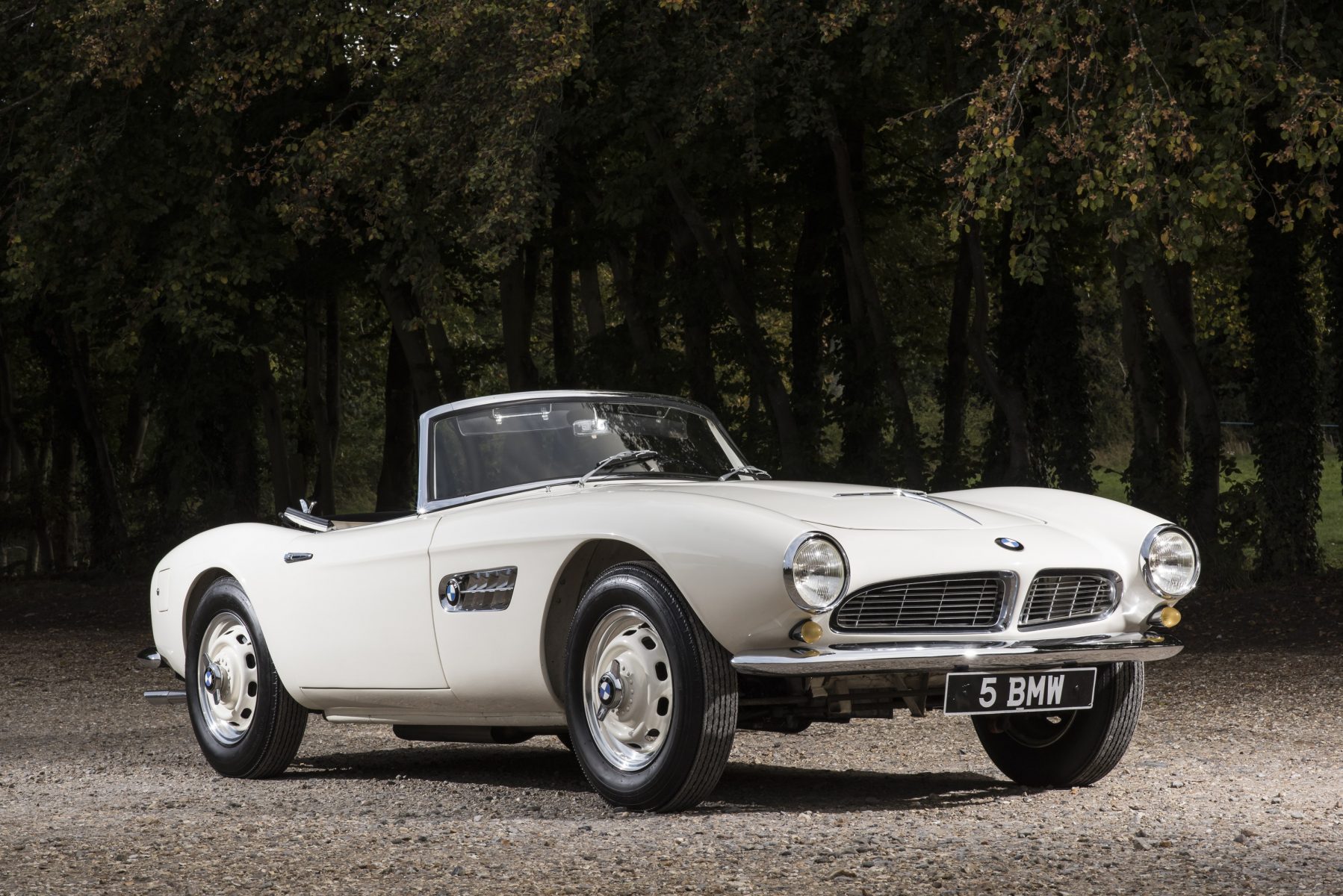
In attendance alongside the 507 is the all-new Z4, albeit in pre-production form so we’re not allowed to drive it. It sits in a frankly stunning lineup which includes – in order of age descending – a brand-new i8 Spider, a previous-generation Z4, a Z8, a Z1, that incredible 507, a 327 and a 328. It’s an amazing collection which would likely cost close to £4 million to replace, assuming you could find such wonderful examples in the first place.
BMW’s brought the new Z4 together with its predecessors primarily to show off its design. The man behind the car, Australian designer Calvin Luk, points out elements taken from previous models – such as the long, thin taillights and wide kidney grilles inspired by the 507 and Z8, as well as all-new design features such as the double-stacked headlights and more cab-forward proportions.
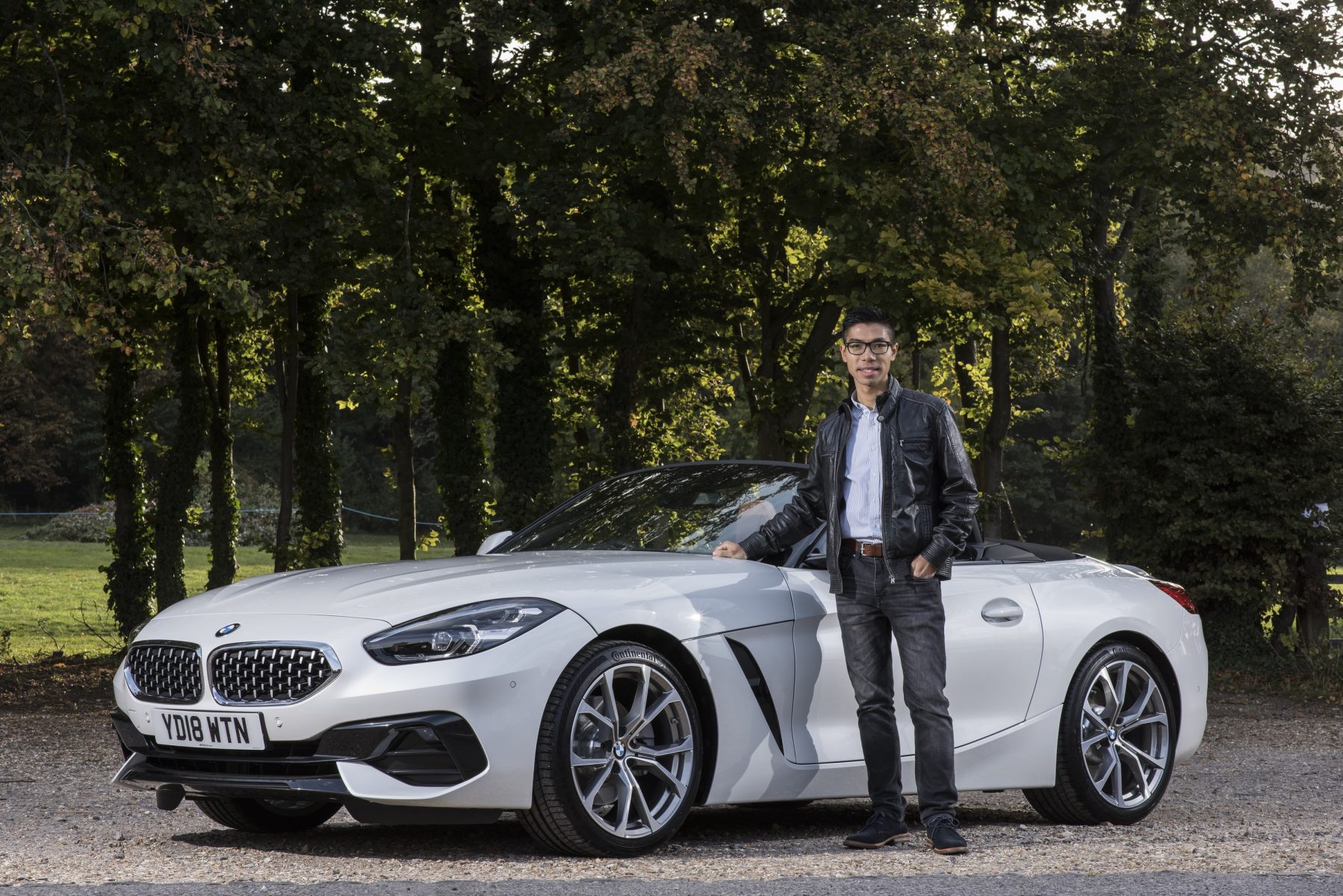
Customer feedback means the driving position’s moved forward, so the hood is shorter, and the wheels have been thrust out to each corner. It’s certainly different to any BMW that’s come before it, and though many aspects of the styling are divisive – such as the huge grilles and sharp lines – the overall proportions are very tidy.
But back to my poorly 507, which as I mentioned has an issue with idling. However, the roads are clear and I soon grow accustomed to its heavy steering and non-existent rear visibility. Without any need to stop and risk the engine cutting out, I’m able to give the car a few beans and hear that 3.2-litre V8 sing.
This is the reason I will never give up this job willingly. pic.twitter.com/y2kgbEXmtA
— Tom Wiltshire (@mctreckmeister) September 27, 2018
The 507 wasn’t a success in its day – only 251 were built – making it incredibly rare, collectable and valuable. It’s for this reason I can’t really relax behind the wheel – but instead spend my time alternating between concentrating fiercely on the road ahead and marvelling at how the front wings raise up from the cabin to give the impression of a hood a mile long. It’s a little bit intoxicating.
Breathing a massive sigh of relief as I return the unscathed 507 to BMW’s custodianship, I grab the keys to a childhood icon – the Z1. This dinky fibreglass roadster was produced in tiny numbers between 1989 and 1991 – making it only a little older than me – and was the first to be given the ‘Z’ name.
Driving the Z1 and Z8 last night was rather special indeed. Boyhood dreams realised, and wasn't disappointed with either. pic.twitter.com/yRZsk9xVTL
— Tom Wiltshire (@mctreckmeister) September 28, 2018
Step towards the Z1 and it’s the party-piece doors that grab your eye first. Instead of opening outwards, they slide down – window and all – into the sills at the push of a button. That alone is enough of a party piece, but remarkably as all of the car’s crash structure is built into the sills it’s perfectly safe to drive around with the doors retracted at all times.
Unassisted steering aside, the Z1 feels for all the world like a modern, compact sports car. The straight-six engine sounds wonderful, the suspension is firm yet comfortable, and the five-speed gearbox is light and precise. Put simply, it’s brilliant fun on these roads, and I come away from my drive absolutely craving one.
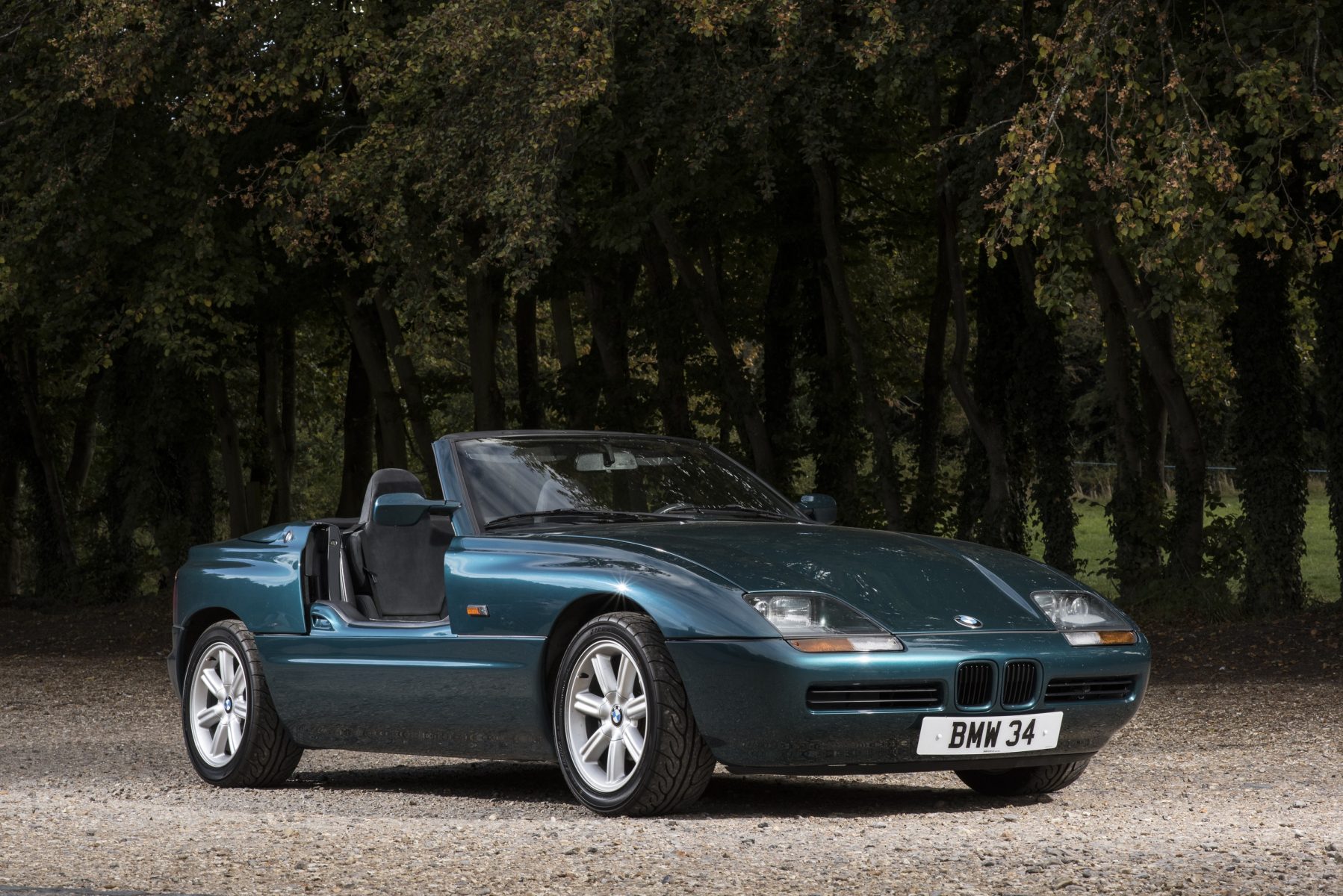
Stepping out of the Z1 and into the brand-new i8 Spider is like going from a theater to a dentist’s waiting room. The hybrid i8 is indeed very fast, but it just seems too safe, comfortable and clinical after the classic models. Unlike the new Z4, the i8 was mostly designed from a clean sheet, and it shows – there are very few recognisable design influences in here.
Is that a bad thing? Of course not, and the i8 Spider is still a very impressive car. But I’m short on time and desperate to drive more of the classics, so I head back and swap into my other boyhood dream car.
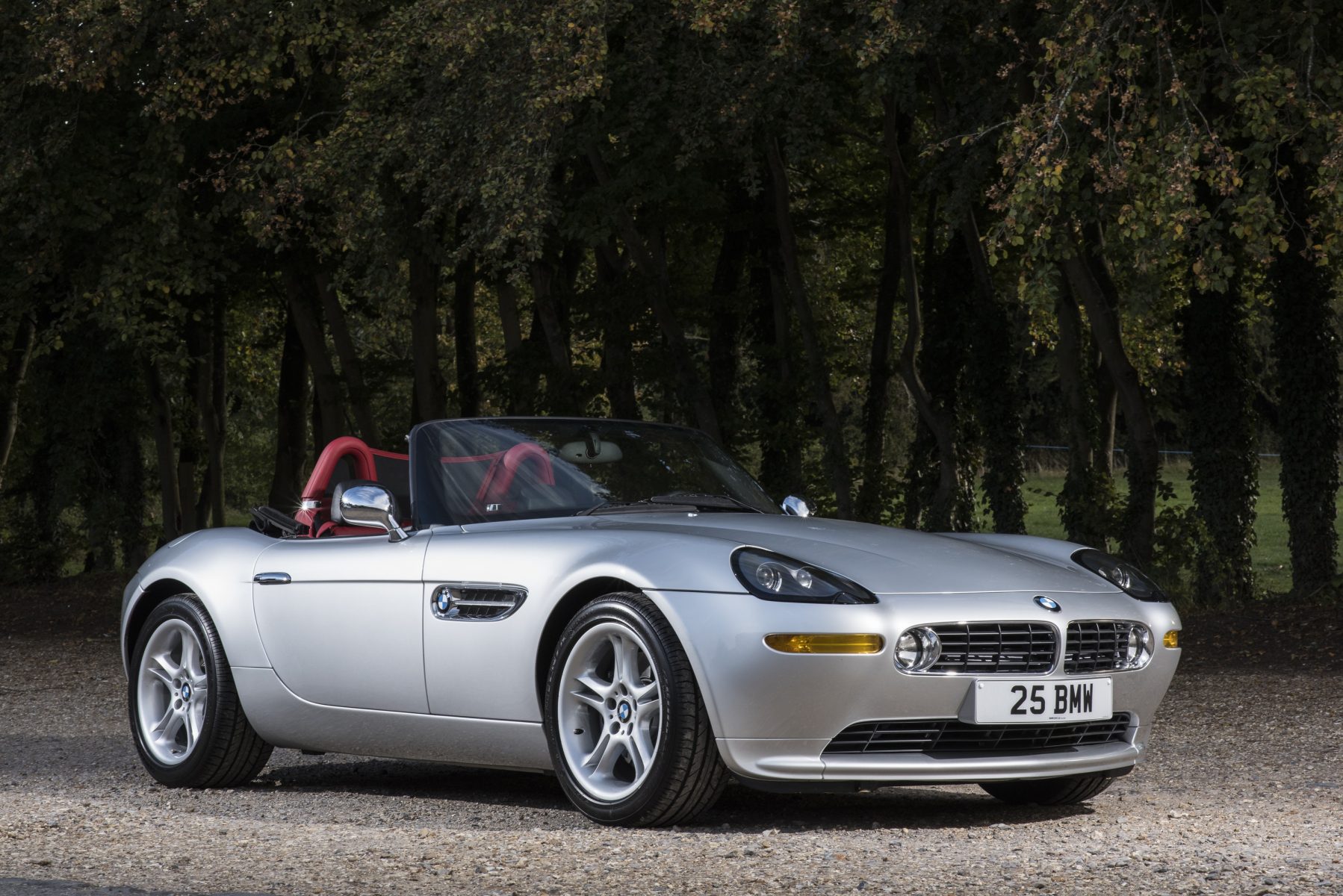
The Z8 is another model that wasn’t exactly a contemporary success – reports at the time criticised its styling, its lazy V8 engine and the chassis, which was felt to be an uncomfortable middle ground between cushy GT and hardcore sports car.
I don’t know if it’s improved with age, but the Z8’s styling doesn’t look awkward at all any more – and rather than being disappointed, I’m revelling in the wonderful and ever-rarer sensation of a big V8 sports car with a manual gearbox. The Z8’s 5.0-litre naturally-aspirated V8 sounds fabulous when revved out, and the avant-garde interior is simply gorgeous.
I have GOT to get me one of these. pic.twitter.com/d42mZaSwAQ
— Tom Wiltshire (@mctreckmeister) September 27, 2018
Obviously dating from the early 2000s means you won’t find much in the way of modern technology in here, yet the controls and materials feel bang up-to-date and it drives beautifully. It’s nowhere near as sharp to drive as its looks suggest, but you soon learn to take it easy through the corners and allow the engine to stretch its legs on the straights. I’m enjoying it hugely.
Next, I attempt to squeeze into the £750,000 328 – but I’m 6’2 and ‘generously’ proportioned, so I don’t quite trust myself to drive this 1930s machine safely with my legs bent double and the steering wheel at my chest. The 327 is a different matter though, and I gladly set off for a spin – after a brief tutorial on the dashboard’s totally unmarked switches.
This car pre-dates the 507 by nearly 20 years, and so I keep the speed fairly low. Something this age demands a totally different driving style, with all the controls requiring serious heft and a gearbox throw a mile long.
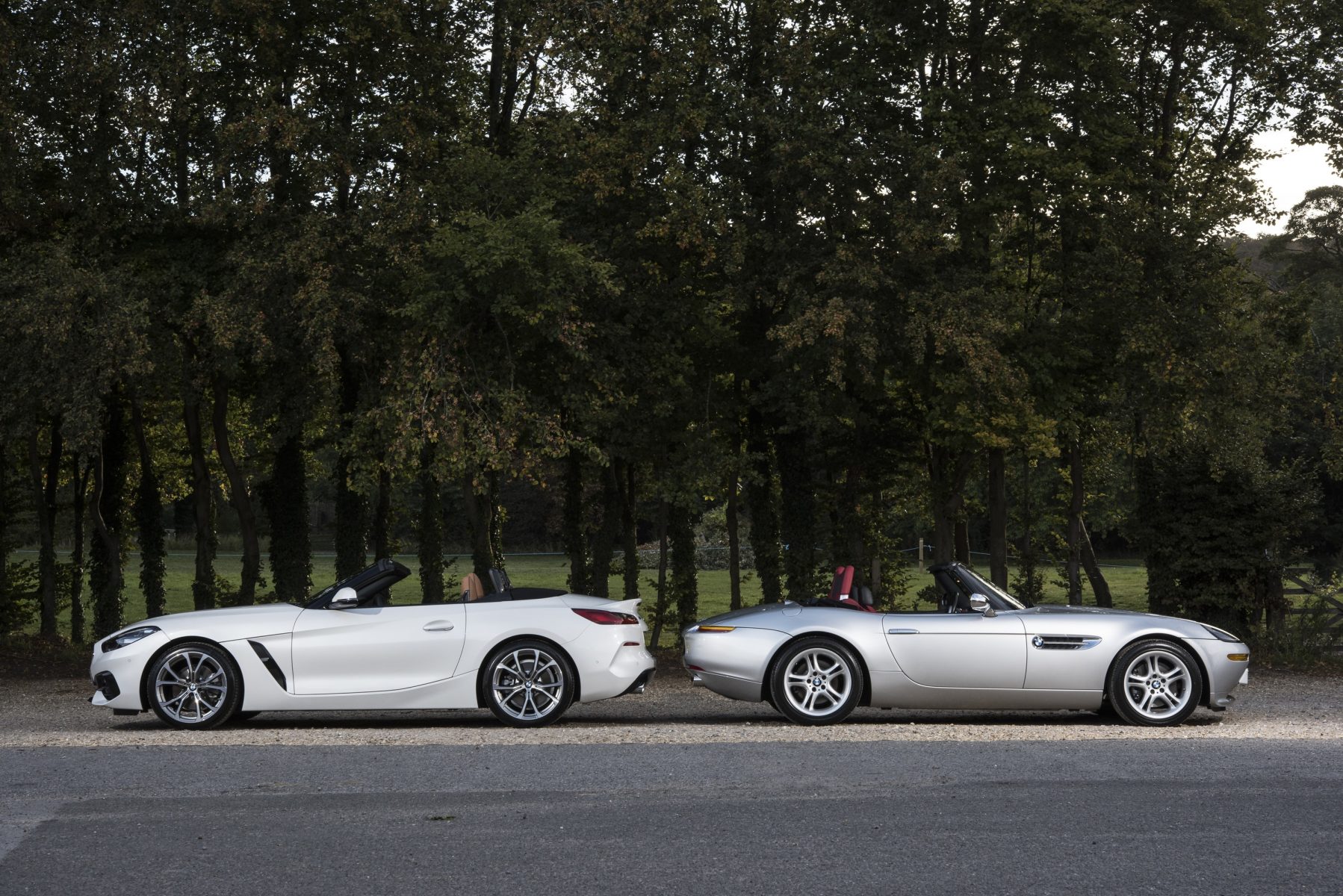
This time, there’s not just limited rear visibility – there’s none, with the convertible roof blocking the interior mirror perfectly, but otherwise I’m enjoying myself. As a carefully-maintained heritage car, this is as perfect a driveable example as you’re likely to come across, and it feels remarkably tight for a car that’s eight decades old.
Lining this 30s car up alongside the modern Z4, the lineage isn’t quite as clear as it is with some of the modern cars. But all of the roadsters here have a clear sporting focus in their design – even the ones more suited to boulevard cruising than track usage.
More importantly, they’re all gorgeous to look at, great to drive and with the roof down on a warm evening, about as pleasant as motoring gets. I’m sad to leave.

